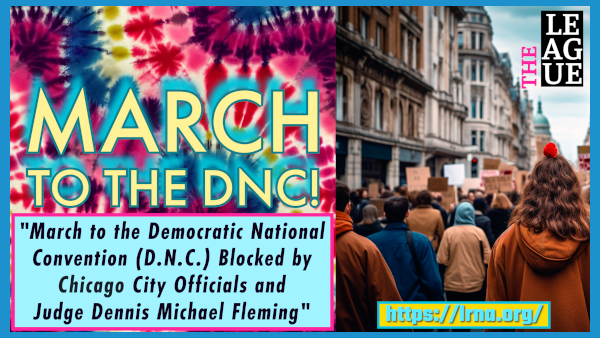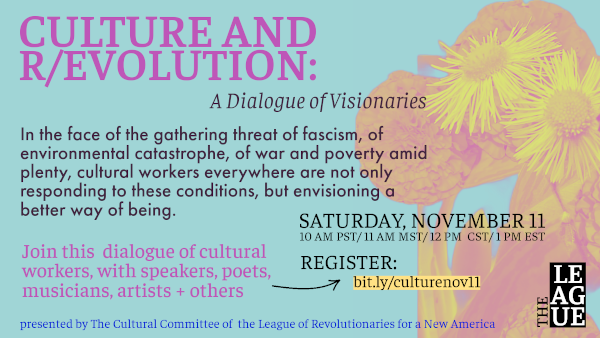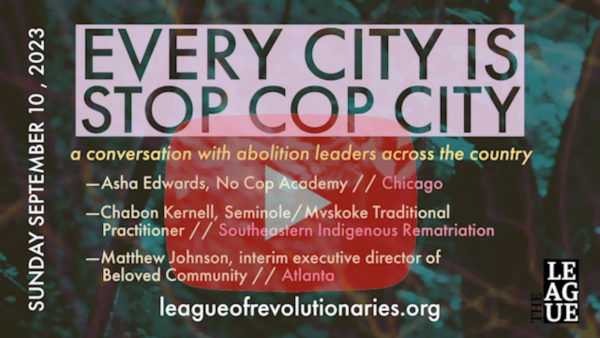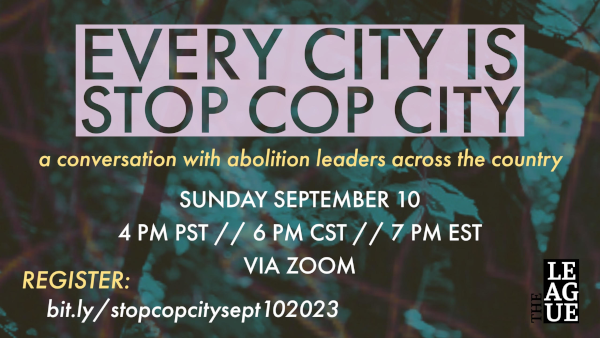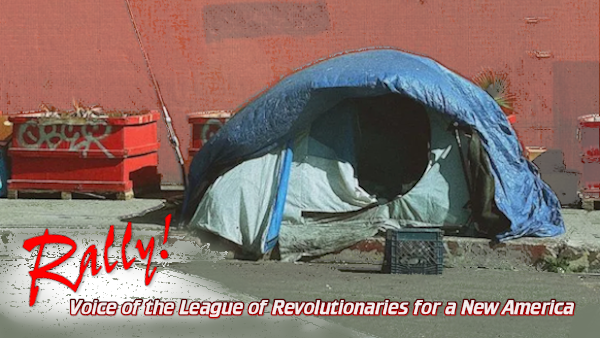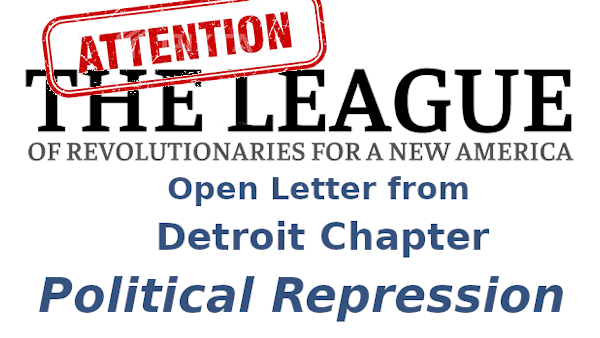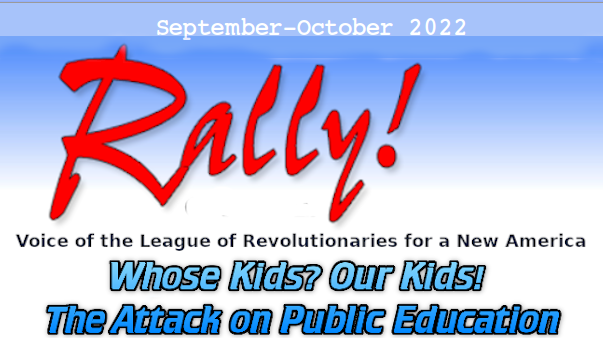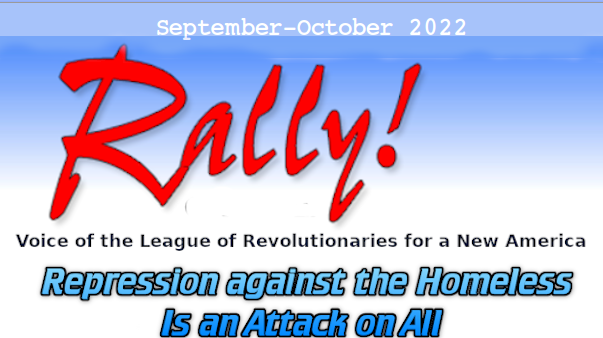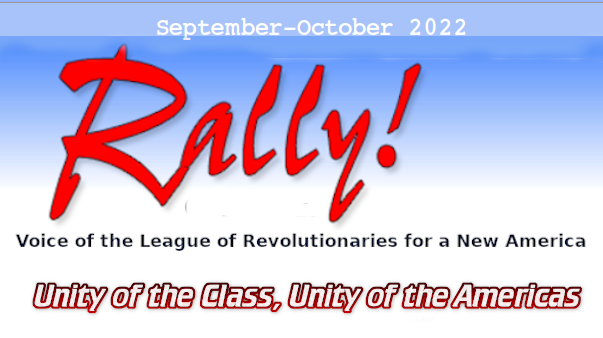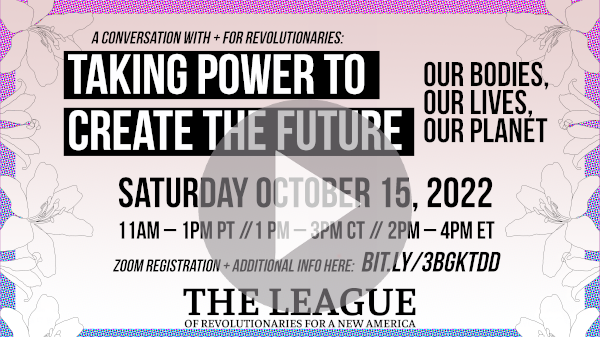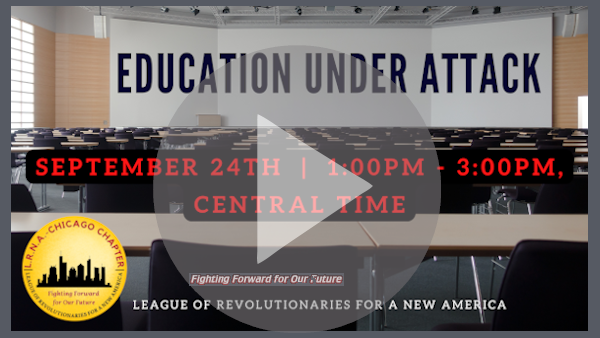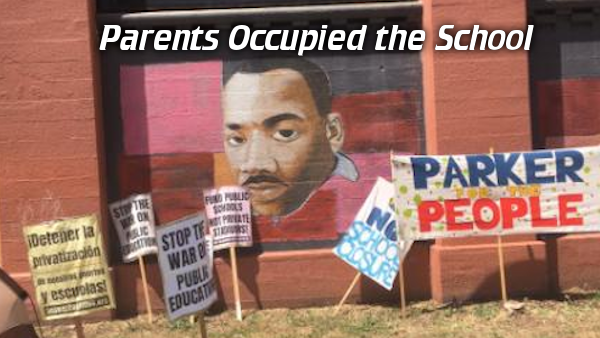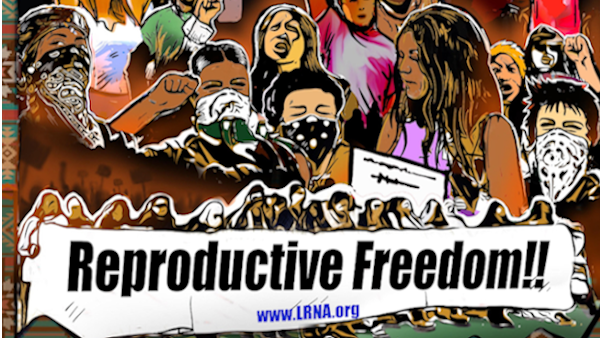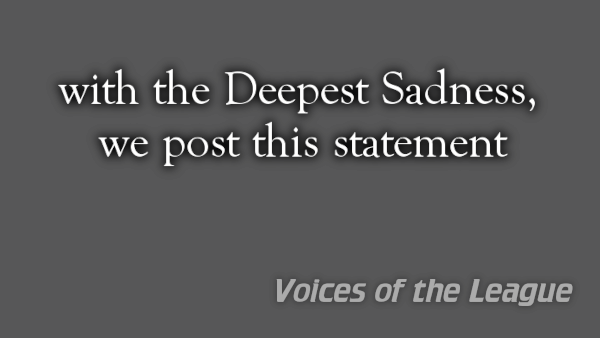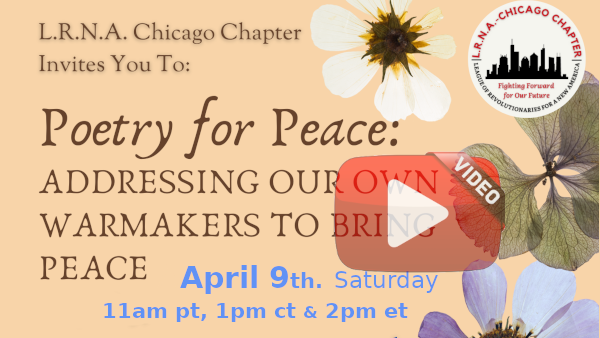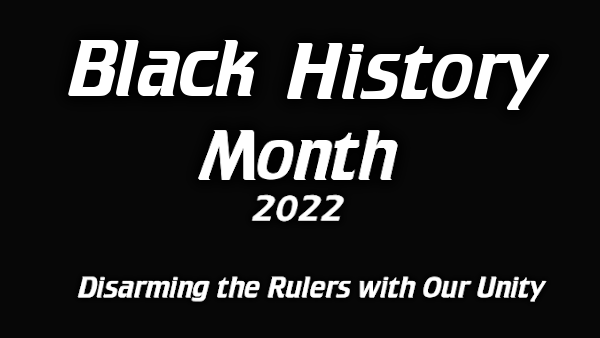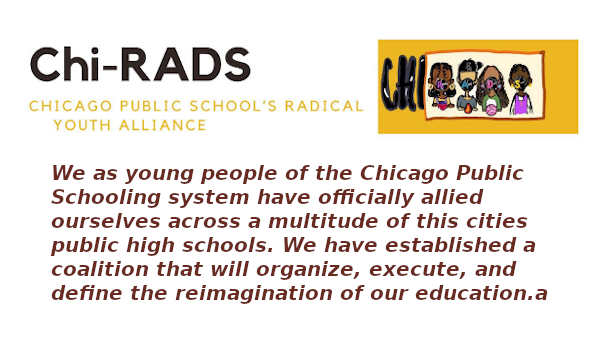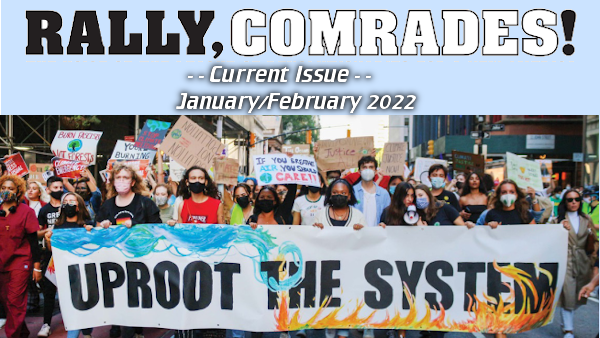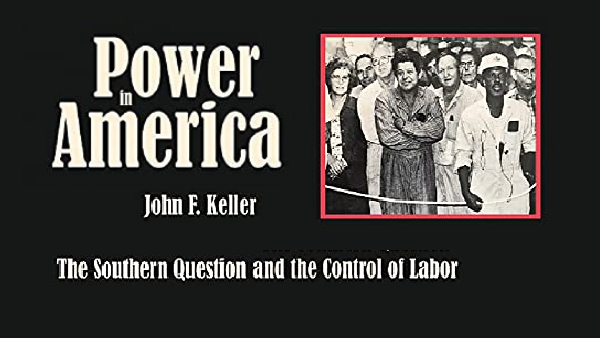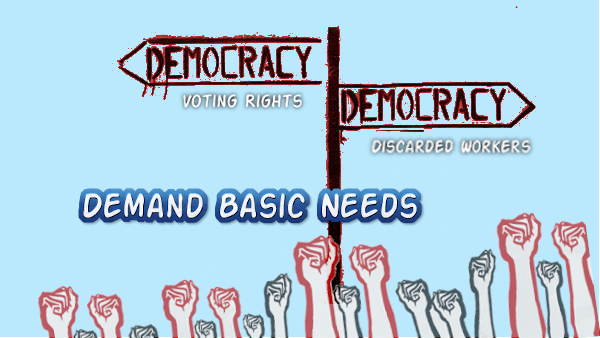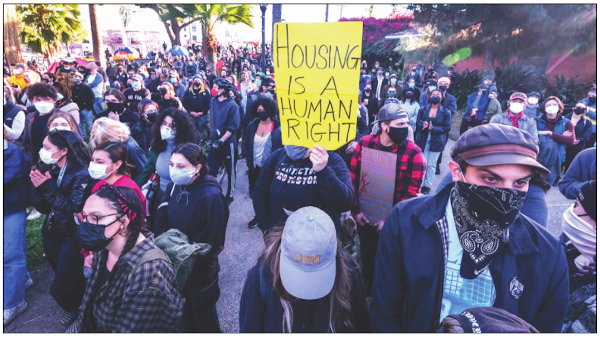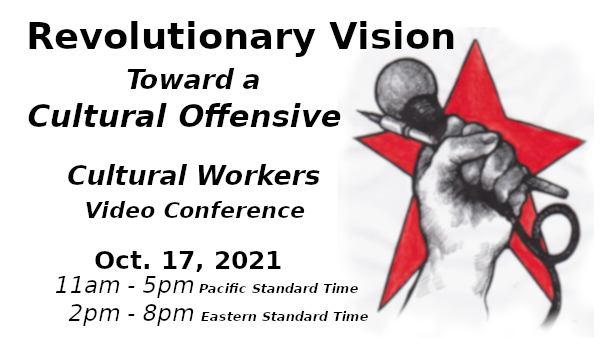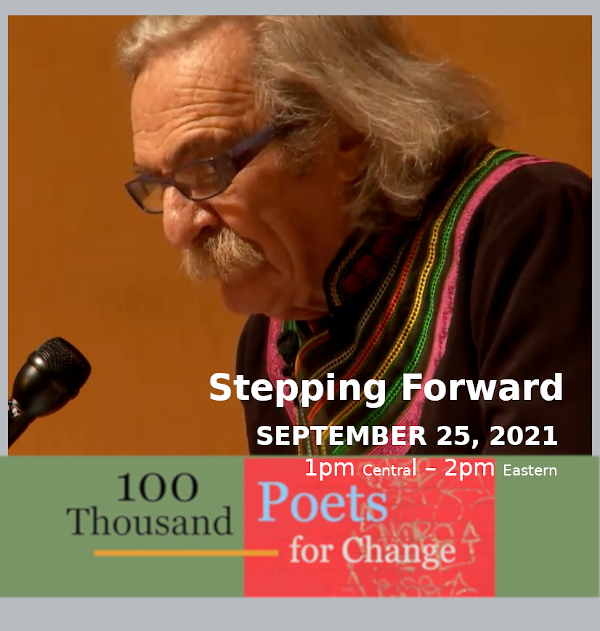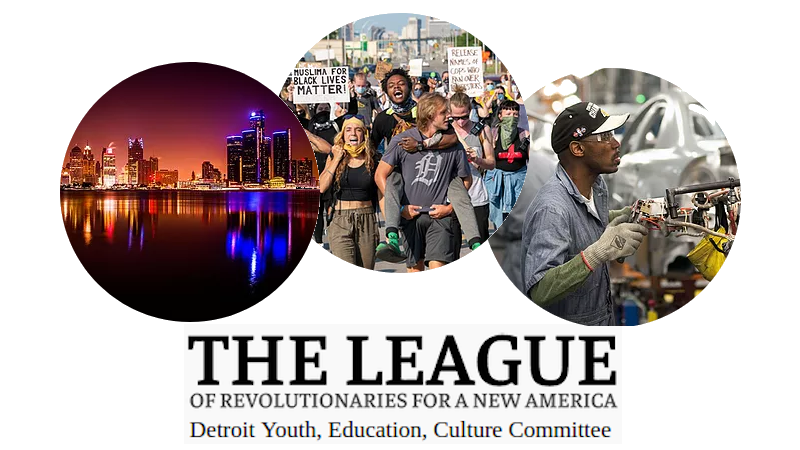From the Editors:: Unity of the Class, Unity of the Americas
From the Editors:
Unity of the Class, Unity of the Americas
On January 28, 1948, 28 migrant farmworkers were killed in an airplane crash which inspired folk singer Woody Guthrie to write, “Deportee [Plane Wreck at Los Gatos],” a song that revolved around the invisibility of the dead. In 2017, author Tim Hernandez wrote the book “All They Will Call You” to address a piece of that injustice by telling the story of the passengers onboard that plane. Also in 2017, the U.S. Border Patrol recorded 298 other migrant deaths. According to the Washington Office on Latin America (WOLA), that was not even a particularly bad year: 2021 saw the highest recorded death toll in two decades at 557.
On June 27 of this year, 53 migrant farmworkers died in the back of a semitrailer truck, and we learned no more about them than we did about the anonymous farmworkers mourned by Guthrie. The United Nations International Immigration Program reports that Latin American migration is the deadliest in the world, with the 3,745 deaths recorded along the southern U.S. border since 2014 the highest death rate along any single border in the world. That is the same border where the human rights organization Vera reports that 2021 saw an all-time high of 122,000 children taken into U.S. custody without their parents. When we consider the secrecy involved in undocumented migration and the exploitative conditions faced by migrants on both sides of our border, we know we are only able to quantify a sliver of the loss.
Our art cries out against this injustice. Just two days before this tragedy, Puerto Rican musician Residente received the grand prize at the Cannes film festival in France for the video that accompanies his song “This Is Not America,” an explicitly sympathetic response to Childish Gambino’s No. 1 hit “This Is America.” Accompanied by poignant images such as (in the video) a mother breastfeeding her baby through a border fence, Residente’s lyrics declare America to be everything from Tierra del Fuego to Canada, making plain that the United States is brutalizing our own.
That is a perspective worth observing as the United States celebrates Hispanic Heritage Month in September and October, commemorating the start of the 1810 Mexican War of Independence against Spain that would touch off revolutions that made Costa Rica, El Salvador, Guatemala, Honduras and Nicaragua independent as well. At that time, northern Mexico extended from Texas to Oregon.
To understand the centrality of Hispanic Heritage to American culture is to understand the potential unity of our working class. Our bloody southern border is the tragedy of our class, in which workers are displaced by a rapidly changing economy maintained by increasingly fascist control. Whether using the tools of overt racism or the kind of imperialist muscle that backfired with June’s historic boycott of the Summit of the Americas by Mexico, Bolivia, Honduras, and Guatemala, our rulers have nothing to offer but divisive lies, indifference, and violence. On the other hand, our displaced class is bound together by the truth of our history, the mix of our cultures and the beauty and sanctity of human life.
September/October 2022 vol.32. Ed5
This article originated in Rally, Comrades!
P.O. Box 477113 Chicago, IL 60647 rally@lrna.org
Free to reproduce unless otherwise marked.
Please include this message with any reproduction.



